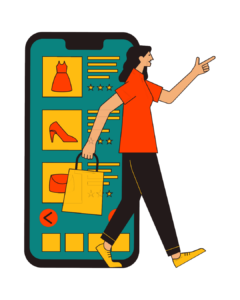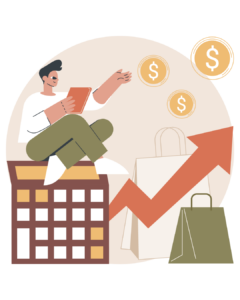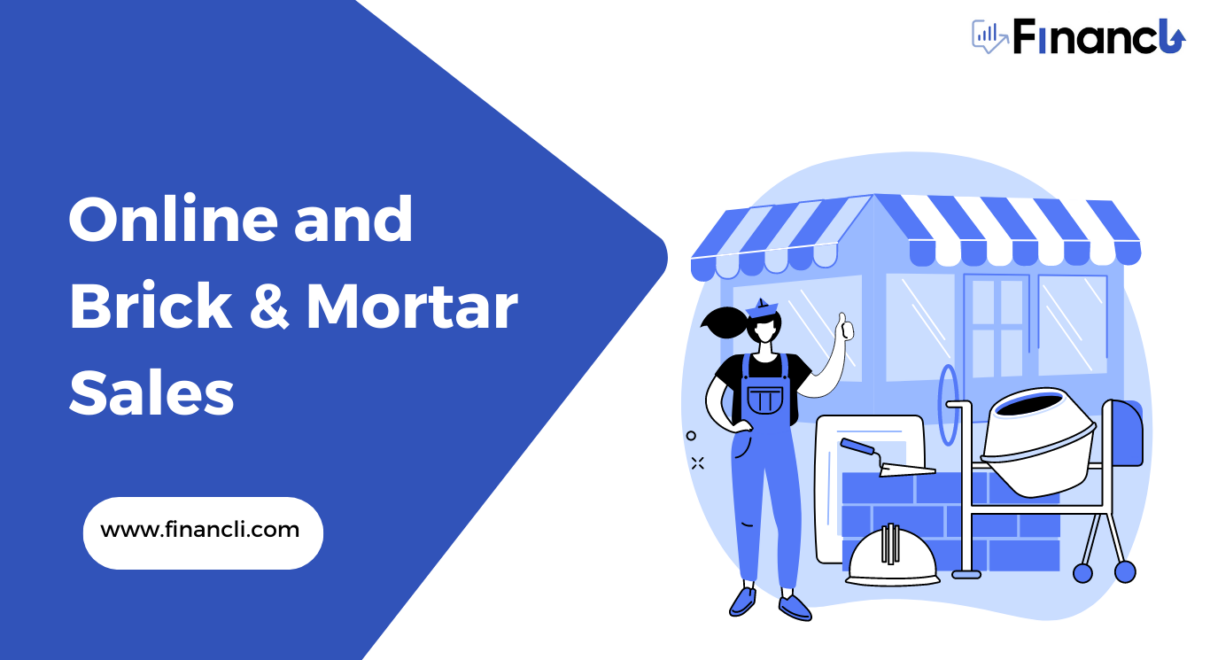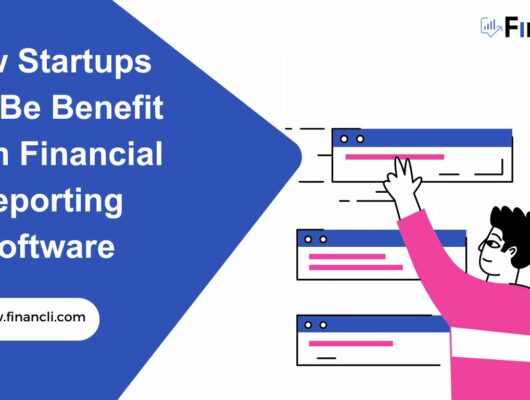Online and Brick and Mortar Sales
Any activity that aids in selling a good or service to an organization or client is typically called “sales.” This expression is intentionally ambiguous and general. Like other industries today, sales are constantly growing in scope and breadth. As a result, cold calling is no longer necessary for sales teams to complete their next significant transaction. Instead, salespeople, today can target customers genuinely interested in their product or company by developing marketing and data extrapolation skills. This approach is proving to be much more effective at predicting and generating business revenue while saving salespeople time.
Online Sales
The online sale and purchase of goods and services are known as e-commerce or electronic commerce. For online buyers and sellers, it offers a variety of tools, procedures, and information, including mobile shopping and online payment encryption.
Most businesses with an online presence utilize an online store and platform to manage e-commerce marketing, sales, logistics, and fulfillment.
Small company owners are gradually developing e-commerce stores and broadening their services, allowing them to reach more clients and better accommodate those who prefer online/mobile purchasing.
Brick and Mortar Sales
Clients may visit at least one physical location of a “brick and mortar” business. The rise of internet-based businesses that customers could only access online gave rise to the term. Businesses that have a physical presence are known as brick-and-mortar stores. The polar opposite of virtual businesses, which conduct their operations online and do not interact with customers in person, are brick-and-mortar stores. Virtual business customers go to a website, place an order, pay online, and then wait for the goods to be delivered to their homes by mail service.

The polar opposite of virtual businesses, which conduct their operations online and do not interact with customers in person, are brick-and-mortar stores. Virtual business customers go to a website, place an order, pay online, and then wait for the goods to be delivered to their homes by mail service.
Compared to brick-and-mortar establishments, online businesses save on overhead costs, but having a physical site also has advantages. For example, consumers may test out things more efficiently, and a corporation can create a strong customer service reputation more easily.
Types of Brick and Mortar Stores
Brick-and-mortar stores continue to offer a tenacious business model in many areas. Face-to-face shopping is typically more convenient in these circumstances than online shopping. As an illustration:
Convenience Stores: A sizable portion of retail business locations are convenience stores. Online retailers are unlikely to fill their niche because most of their revenue comes from impulse sales.
Grocery stores: Another area where online stores fall short in competition is where customers can inspect their products and take them home immediately.
Hardware stores and bookstores are specialty stores that serve a particular customer need. They do, however, encounter rivalry from online merchants.
Department stores are sizable shops that offer a wide range of goods across numerous departments. But unfortunately, these are the ones who stand to lose money from online sales the most.
Advantages and Disadvantages of Brick and Mortar Stores
Brick-and-mortar stores provide the benefit of in-person shopping, which may be significant when the shopper needs to inspect the product. When the item, like a haircut, cannot be efficiently delivered online, they are also more practical.
Some types of businesses, like hair salons, veterinarian offices, gas stations, auto repair shops, restaurants, and accounting firms, are better suited to brick-and-mortar operations. Marketing strategies for brick-and-mortar businesses must emphasize the benefits customers experience when purchasing from physical stores.
However, brick-and-mortar stores typically incur higher overhead costs and have a smaller customer base than online ones. When a store depends on foot traffic or is located downtown, commercial rental space is typically more expensive than warehouse space. Additionally, they must pay for cleaning, insurance, office maintenance, and hiring enough employees to keep the store open.
The Growing Online Shopping Industry
Online firms focus their resources on a more receptive market to their services. As a result, there is less waste and a greater return on investment. Furthermore, people like to purchase in their language and currency, so providing these alternatives greatly expands your reach.

Furthermore, practically everyone with purchasing power nowadays can access a cell phone. With e-commerce, you can target customers who can afford to buy your products or services. Moreover, a phone provides universal access to everything on the internet, fueling further expansion in the e-commerce business.
How are Companies Rethinking Sales?
Strategy is how businesses gain a competitive advantage in a crowded marketplace. Sales strategy is the tip of the spear: it is where that competitive advantage is demonstrated or disproven daily. Old strategies may become outmoded as the market evolves. Globally, the previous 3-5 years have seen enormous change, necessitating improved sales methods to sustain a company’s relevance and value. In addition, the current economic instability underscores the need for organizations to adapt and evolve their sales approach. The Sales Success Series will address emerging trends and debunk some fallacies about sales strategy, organization, and investment.
Markets contract and expand. When inflation approaches a 40-year high, markets are dividing depending on willingness to pay, with prepared customers swiftly absorbing price rises and passing them on. In contrast, a group of very risk-averse customers drastically cuts purchases. If you don’t see it happening, this is a terrible lesson. But, if markets are correctly segmented and peeled apart, you may witness ups and downs inside what was formerly considered a homogeneous group. Companies that effectively re-allocate resources learn about market sub-segments and the distinctions that influence their purchase decisions. What you must remember when you make significant decisions about resourcing, coverage, and goal setting is that you must refocus and remap your understanding of markets and rivals to unlock both existing and future accessible possibilities.
With an excellent online and in-store sales balance, your company can adjust and design fantastic experiences that keep consumers and encourage new ones without severely affecting your profitability and cost base.
What Is the Future Good for Brick and Mortar Stores?

Retailers have been implementing new technologies such as touchscreens to speed checkout, applications to assist consumers in finding items in the shop, and digital displays to keep customers informed of in-store product characteristics and safety precautions. Retail will not return to many of its pre-pandemic approaches—it cannot, especially given that customers are accustomed to in-store technologies such as BOPIS and self-checkout.
Businesses that want to keep consumers engaged will continue to adopt new technological options to improve the in-store experience. They will also focus on establishing a fantastic ambiance for consumers, giving good customer service, providing a personalized experience, connecting customers to the right product or service, and providing a seamless overall experience. Finally, sustained customer engagement depends on having an excellent in-store experience that entices customers to return and enjoy that “day out” experience that retail history has resulted in
Techniques Businesses Can Use for Better Sales
One can use several sales techniques to improve online or in-store sales.
For Brick and Mortar Sales
Determine the busiest times in your store.
The first step in selling more during peak business hours is to understand when your peak hours are.
Begin by assessing the number of customers in your shop and when they are most likely to buy. You may find out using your POS system’s sales and employee reports; we recommend running the Sales by Hour of Day report to get a clear picture of the percentage of total sales each hour of the day accounts for.
But remember that peak in-store traffic may not coincide with your bestselling hours. Customers-only browsing cannot be captured by your point of sale system’s sales reporting.
Provide efficient sales training to your employees.
All your sales staff should be able to hold their own on the sales floor, especially when cross-selling and upselling items and services.
Cross-selling allows you to encourage customers to buy more things, such as persuading consumers who buy an engagement ring and also to buy a matching wedding band.
For Online Sale
Increase the SEO of your website.

Improving your website’s SEO is an excellent place to start if you want to enhance online sales. SEO is an abbreviation for “search engine optimization,” and it refers to the technique of increasing the visibility of your website on search engine results pages (SERPs).
In other words, when someone searches for a relevant phrase on Google, your website is more likely to show at the top of the results page. As a result, people are more inclined to click on websites that offer higher on the list, which can result in more significant traffic and, eventually, more purchases.
Install a chatbot to assist people in finding what they are looking for

E-commerce chatbots are the secret sauce of many successful firms. They boost conversion rates by making it simple for site users to buy. When selecting a chatbot, look for one that can provide your clients quick pleasure via 24/7 availability and tailored recommendations.
A well-chosen chatbot makes purchasing more frictionless and convenient. One that pushes customers to buy. Chatbots may also assist in identifying upsell and cross-sell possibilities and capturing leads that the company might otherwise lose.
Discounts, specials, and packages
Offering discounts, promotions, and bundles is a terrific strategy to increase your online sales.

You may lure clients on the fence about purchasing by giving a discount. It is beneficial to apply the urgency tactic here. Therefore, incorporate a countdown with your offer.
To Sum it Up,
Sales are critical in establishing consumer loyalty and trust. Salespeople at physical businesses connect directly with potential consumers, gaining personal knowledge to help them present their sales pitch and personalize their goods to their audience. Customers typically find this appealing because they see the salesman as an expert, which increases confidence and trust. Online sales, on the other hand, provide clients greater freedom to choose and take their time in selecting the appropriate product. In a business cycle, both sales tactics are necessary. To summarise, the importance of sales in an organization’s long-term performance should not be overestimated or underutilized.






